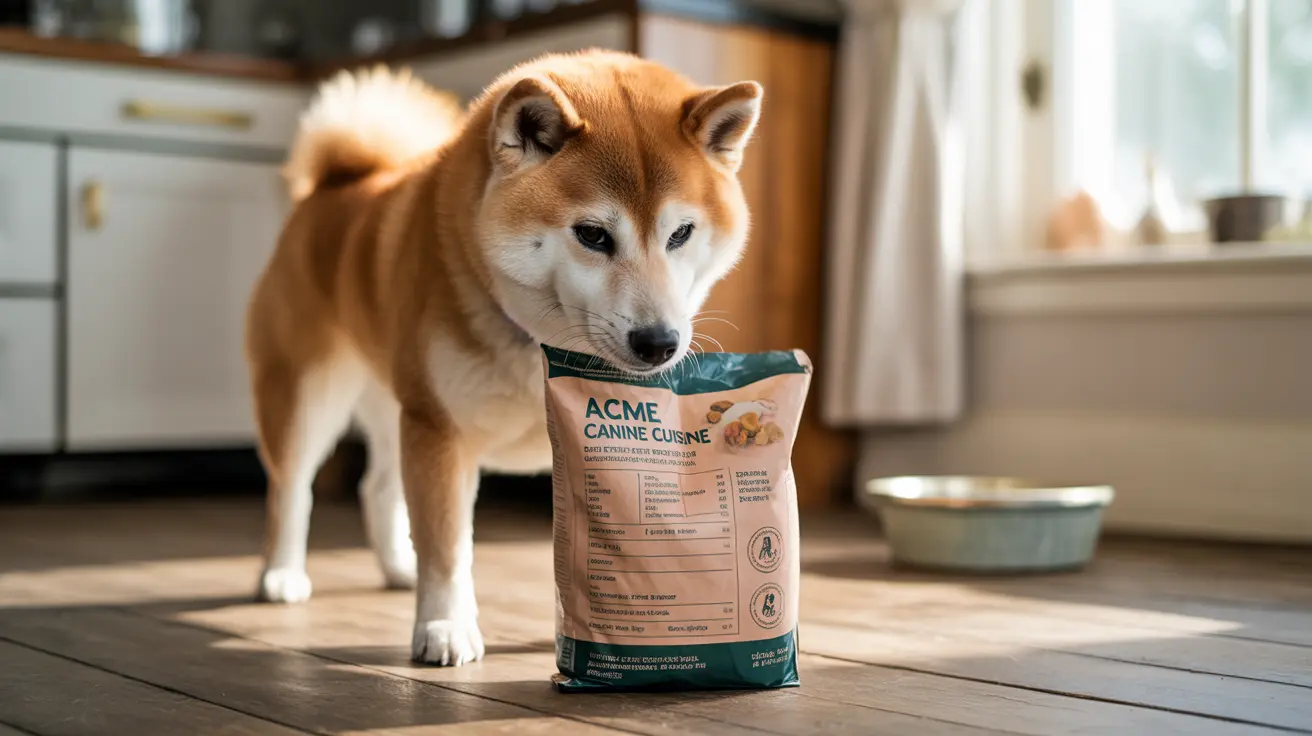What is Crude Protein and How is it Measured?
Crude protein represents the total protein content in dog food, calculated through a laboratory process that measures nitrogen content. This measurement is multiplied by 6.25 to estimate the overall protein percentage in the food. However, it's important to understand that this method doesn't distinguish between high-quality animal proteins and less bioavailable protein sources.
The term "crude" indicates that this is an estimate rather than an exact measurement of usable protein. This distinction becomes crucial when selecting the right food for your dog.
Essential Protein Requirements for Different Life Stages
Dogs have varying protein needs depending on their age, activity level, and health status:
Puppies and Growing Dogs
Puppies require a minimum of 22.5% crude protein for proper growth and development. Many premium puppy foods contain up to 30% protein to support rapid growth and muscle development.
Adult Dogs
Healthy adult dogs need at least 18% crude protein for maintenance, though most quality dog foods provide 20-25% for optimal health.
Senior Dogs and Special Cases
Contrary to common belief, senior dogs often benefit from higher protein levels (around 28%) to maintain muscle mass. However, dogs with specific health conditions may require adjusted protein levels under veterinary guidance.
Quality Matters: Understanding Protein Sources
The source of crude protein significantly impacts its nutritional value. High-quality animal proteins like chicken, beef, and fish provide complete amino acid profiles and better digestibility compared to plant-based proteins.
Premium dog foods typically list specific animal protein sources as their first ingredients, indicating higher quality protein content rather than relying on less digestible plant proteins to achieve their crude protein percentages.
Optimal Protein Levels for Your Dog's Health
Ensuring proper protein intake supports various aspects of your dog's health:
- Muscle development and maintenance
- Immune system function
- Healthy skin and coat
- Energy production
- Hormone regulation
Signs of Protein Imbalance
Watch for these indicators that your dog's protein intake might need adjustment:
- Poor coat condition or excessive shedding
- Muscle loss or weakness
- Lack of energy
- Slow wound healing
- Weight management issues
Frequently Asked Questions
What exactly does crude protein mean on my dog's food label and how is it measured?
Crude protein on dog food labels indicates the total protein content estimated through nitrogen analysis. It's measured using the Kjeldahl method, which determines nitrogen content and multiplies it by 6.25 to calculate the protein percentage.
How much crude protein does my dog need based on their age and activity level?
Puppies need at least 22.5% crude protein, adult dogs require 18-25%, and active or working dogs may need 30% or more. Senior dogs often benefit from higher protein levels (28%+) unless medically restricted.
Why is the quality of protein in dog food important beyond just the crude protein percentage?
Protein quality determines digestibility and amino acid availability. High-quality animal proteins provide better nutrition than plant-based proteins, even if the crude protein percentage is the same.
Can feeding my dog too much crude protein be harmful, especially for senior dogs or those with kidney issues?
Excess protein isn't typically harmful to healthy dogs, but those with kidney disease may need restricted protein intake. Always consult your veterinarian for dogs with specific health conditions.
How do I choose the best dog food with the right crude protein content and sources for my pet?
Look for foods with named animal protein sources as primary ingredients, match the protein level to your dog's life stage and activity level, and ensure the food meets AAFCO standards for your dog's life stage.
Conclusion
Understanding crude protein in dog food helps you make informed decisions about your pet's nutrition. Focus on both the quantity and quality of protein sources, and always consider your dog's individual needs when selecting their food. When in doubt, consult with your veterinarian to determine the optimal protein levels for your furry friend.






